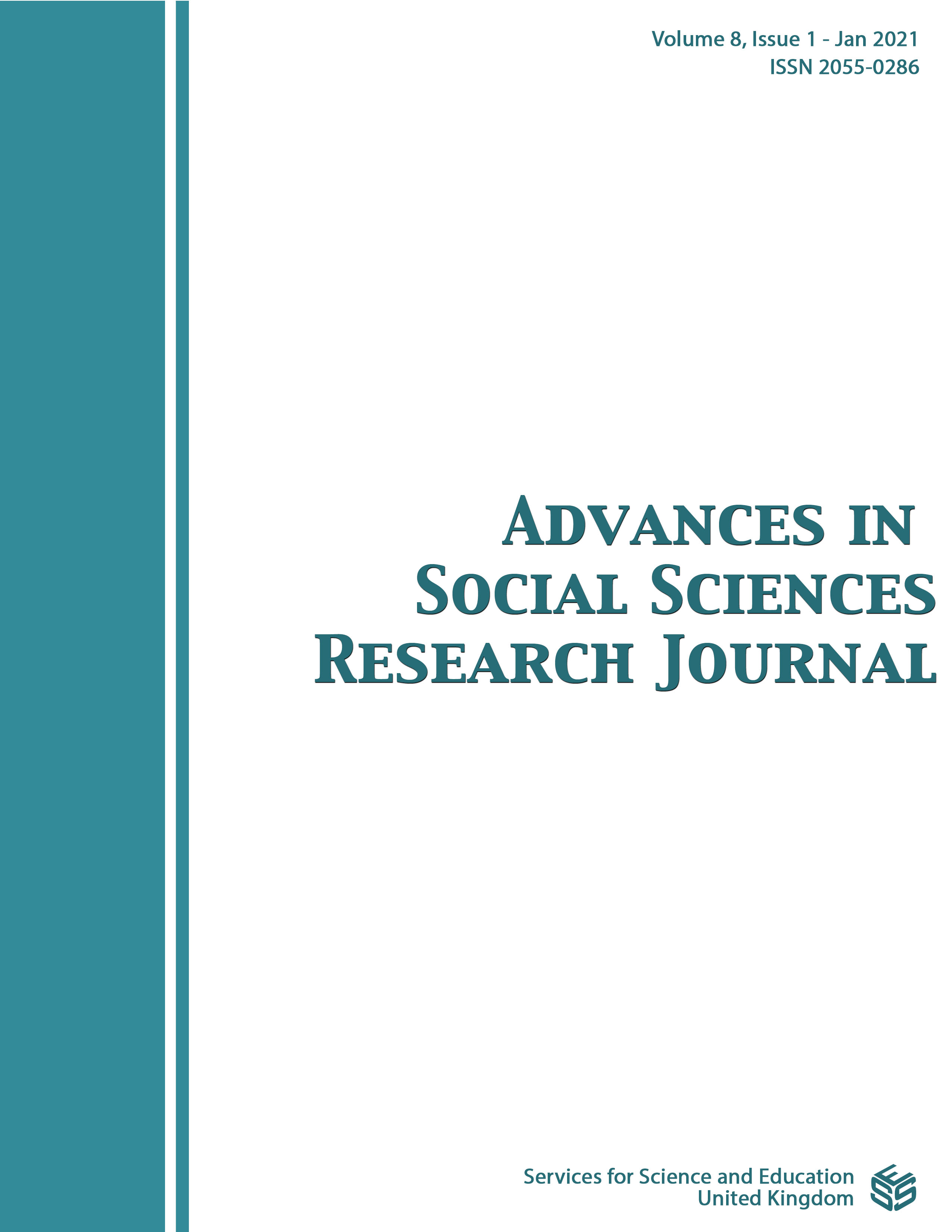(Re)defining the Dichotomies within Moroccan Sufism: Gnawa and Samaã as Case Studies
DOI:
https://doi.org/10.14738/assrj.81.9563Keywords:
Sufism- samaã - dhikr - shaykh - gnawa- aissaoua- dichotomyAbstract
Although marked by diversity, the Moroccan Sufi rituals have been associated with mysterious aspects and reputed for the dichotomy of their different facets. The complexity of this field has intrigued my curiosity to investigate to what extent the type of music deployed can contribute to categorizing Sufi orders. In this context, it is worth exploring how the music is used and for which purposes. Through contrasting samaã to gnawa as major Sufi music genres, this paper sheds light on the duality inherent within the former as an elitist Sufi practice and the latter as its popular counterpart. In support if this, I conduct interviews and focus groups with several Moroccan disciples to further investigate the type of audience they both attract and how the two genres help the disciples to get into the Sufi atmosphere and the desired metaphysical level. By reviewing the literature carried out by Moroccan as well as foreign authors in this field, I also look into how researchers position Sufi activities and whether they approach them with awareness of the dichotomies categorizing the two genres within high and low cultures.
References
[2]. Boughali, Mohamed. Esotrisism between Philosophy and Sufism ( albatinia bayna alfalsafa wa tasawuf. Fadaa Adam, 2016 Winder, R.J., et al., Algorithms for digital image processing in diabetic retinopathy. Computerized Medical Imaging and Graphics, 2009. 33(8): p. 608-622.
[3]. Elboukili, M. Aziz. المدارس الباطنية بين العلم والفلسفة والعقيدة ( Almadares Albatinia Bayna Al-ilm wa Alfalsfa wa Alaqida wa Eddine). Lattakia, Dar Alhiwar, 2007.
[4]. Zeghal, Malika. “On the Politics of Sainthood: Resistance and Mimicry in Postcolonial Morocco.” Critical Inquiry, vol. 35, no. 3, 2009, pp. 587–610., doi:10.1086/600093.
[5]. Jilali, Karim. Dirassat fi tarikh attasawouf belmaghreb (Studies in the History of Sufism in Morocco). Edition Bouregreg, 2017
[6]. Muedini, Fait. Sponsoring Sufism: How Governments Promote "Mystical Islam" in Their Domestic and Foreign Policies. Palgrave Macmillan, 2015.
[7]. Kapchan, Deborah. “The Festive Sacred and the Fetish of Trance.” Gradhiva, no. 7, 2008, pp. 52–67., doi:10.4000/gradhiva.1014.
[8]. Kapchan, Deborah A. Traveling Spirit Masters: Moroccan Gnawa Trance and Music in the Global Marketplace. Weleyan University Press, 2007.
[9]. Radnoti, Sandor. “Mass Culture*.” Telos June 20, 1981 1981:27-47; 0 June 1981, journal.telospress.com/content/1981/48/27.full.pdf+html.
[10]. Shah, Tahir. The Caliph's House. Transworld Digital, 2010.
[11]. Reese, Scott S. “Imperial Muslims: Islam, Community and Authority in the Indian Ocean, 1839–1937.” Performing Islam, vol. 1, 2012, pp. 241–267., www.jstor.org/stable/10.3366/j.ctt1tqxt7c?refreqid=search-gateway:fa4b26ae85d839a35b71aaf62f6ab6d7. Accessed 9 Dec. 2020Zana, F. and J.C. Klein, A multimodal registration algorithm of eye fundus images using vessels detection and Hough transform. Medical Imaging, IEEE Transactions on, 1999. 18(5): p. 419-428.
[12]. Ridgeon, Lloyd V. J. Routledge Handbook on Sufism. Routledge, 2021.
[13]. Spadola, Emilio. The Calls of Islam: Sufis, Islamists, and Mass Mediation in Urban Morocco. Indiana University Press, 2014.
[14]. Spivak, Gayatri Chakravorty. “Can the Subaltern Speak?” Marxism and the Interpretation of Culture, 1988, pp. 271–313., doi:10.1007/978-1-349-19059-1_2Foracchia, M., E. Grisan, and A. Ruggeri, Detection of optic disc in retinal images by means of a geometrical model of vessel structure. Medical Imaging, IEEE Transactions on, 2004. 23(10): p. 1189-1195.
Downloads
Published
How to Cite
Issue
Section
License
Authors wishing to include figures, tables, or text passages that have already been published elsewhere are required to obtain permission from the copyright owner(s) for both the print and online format and to include evidence that such permission has been granted when submitting their papers. Any material received without such evidence will be assumed to originate from the authors.






